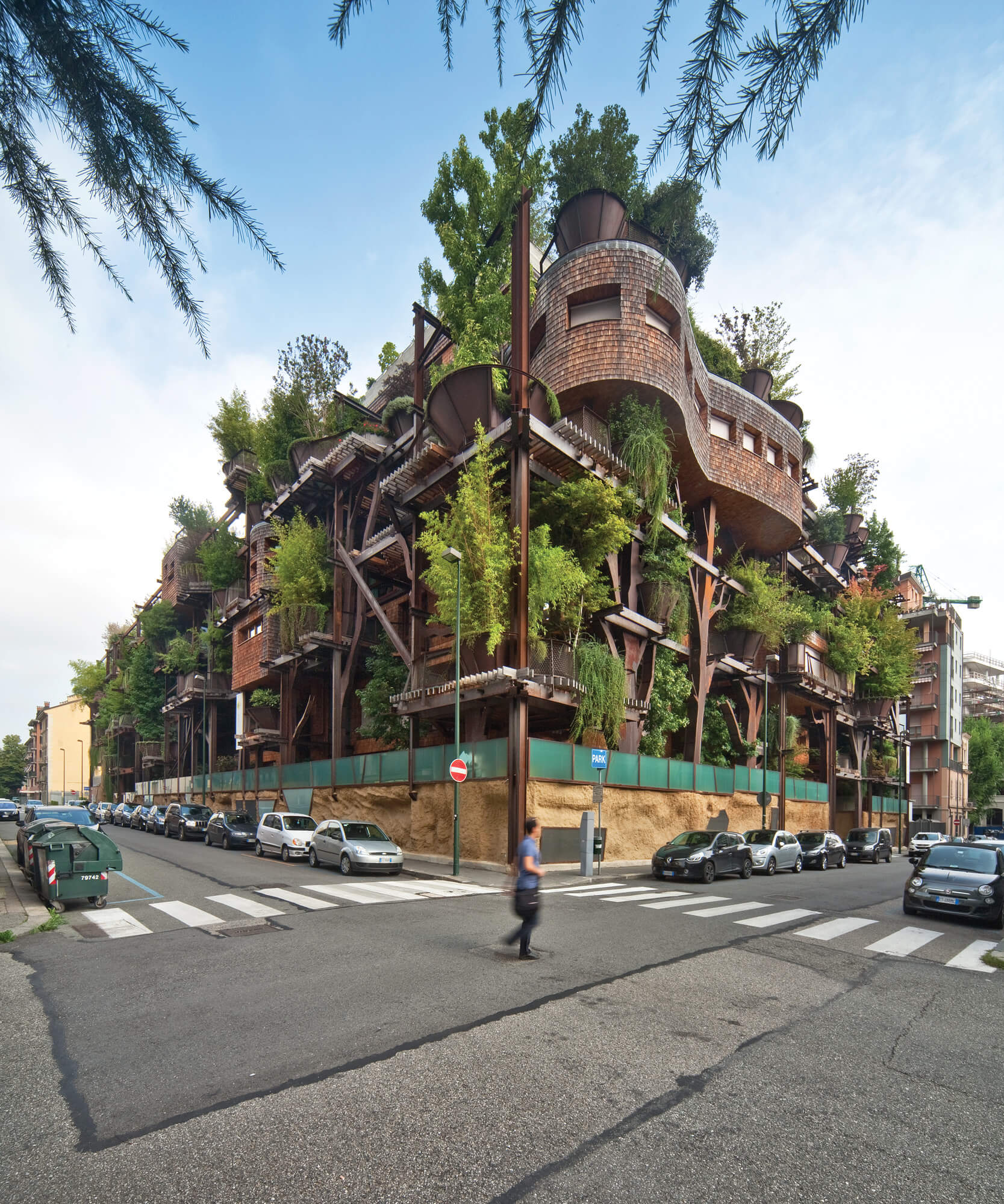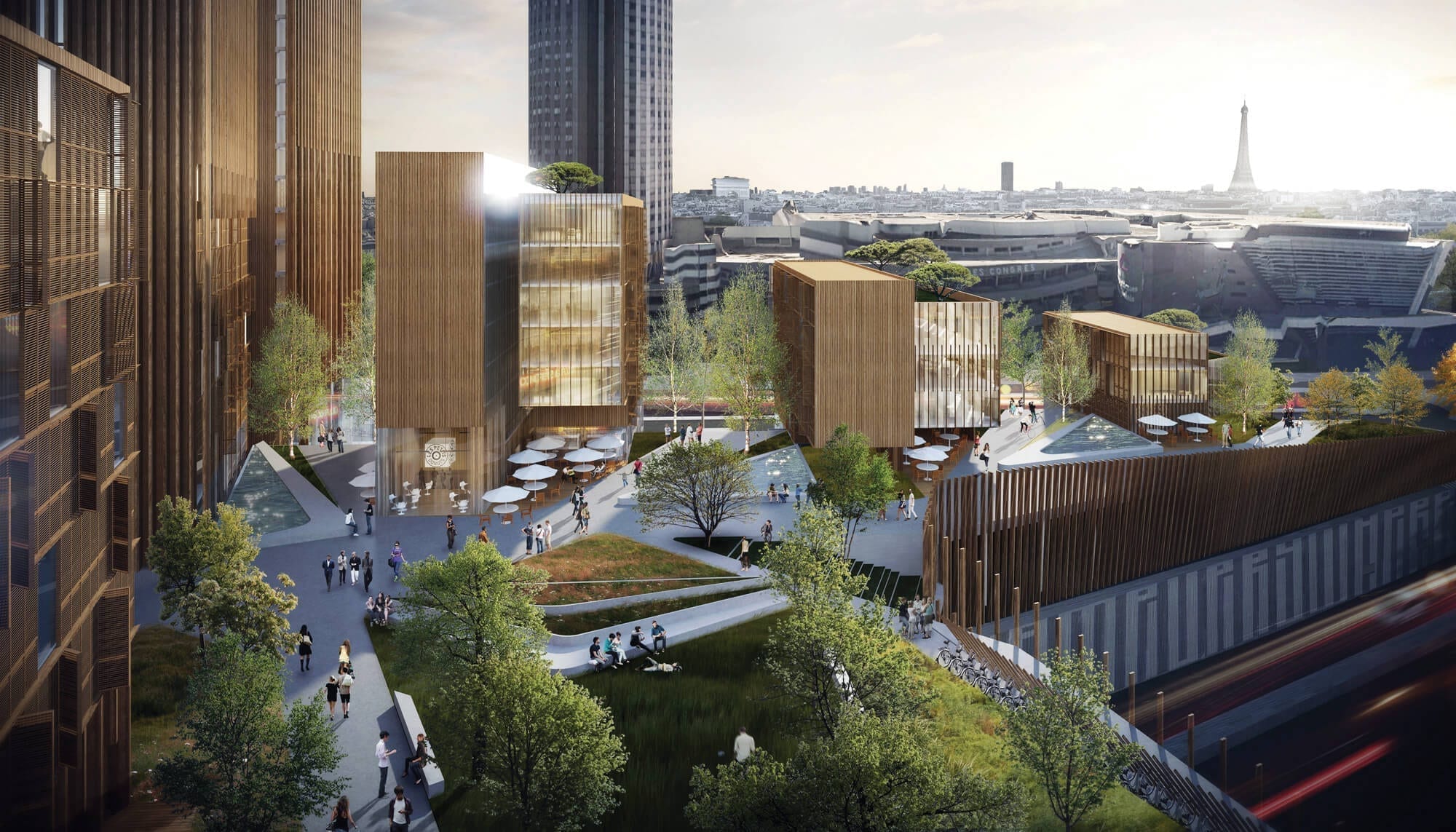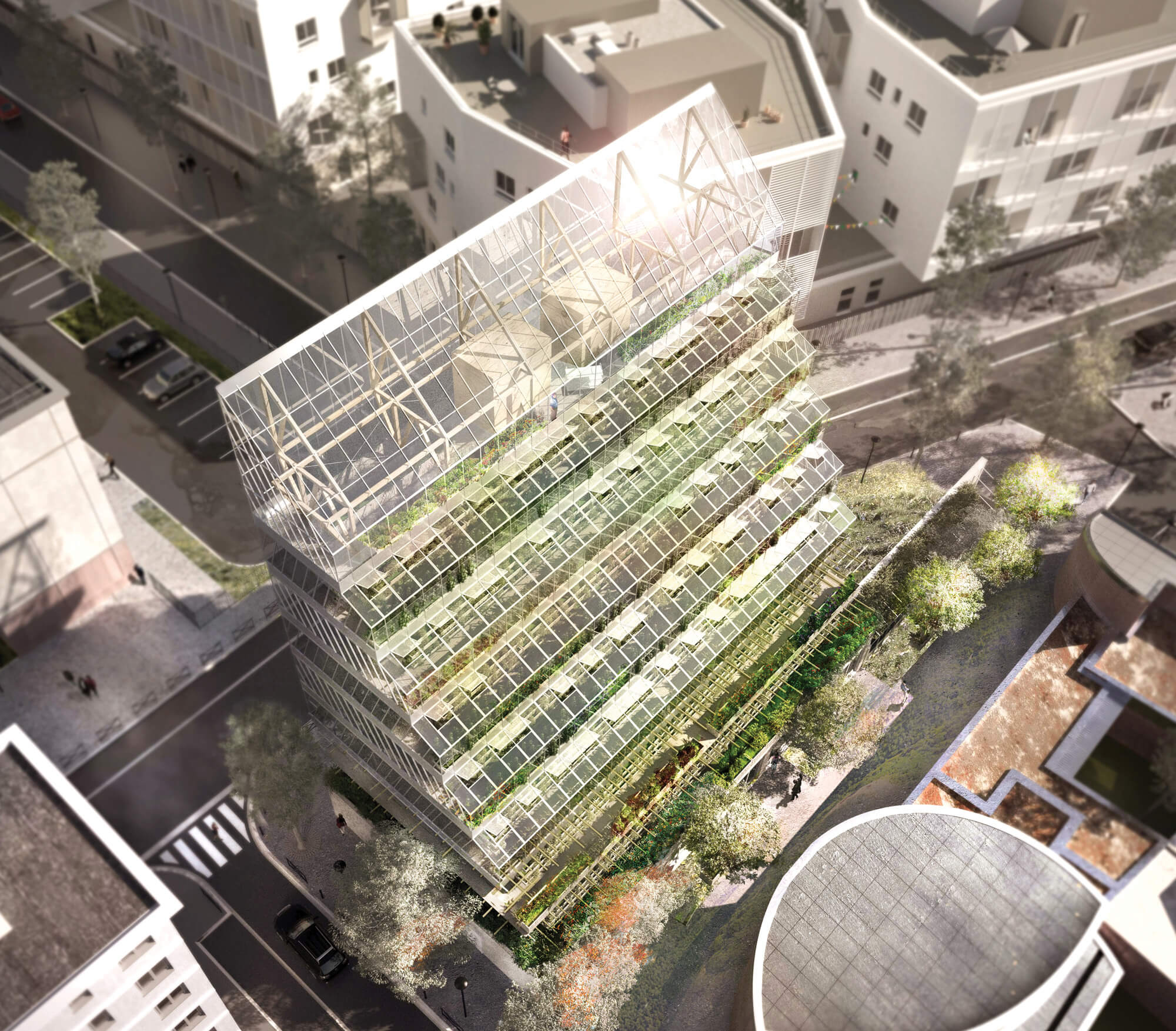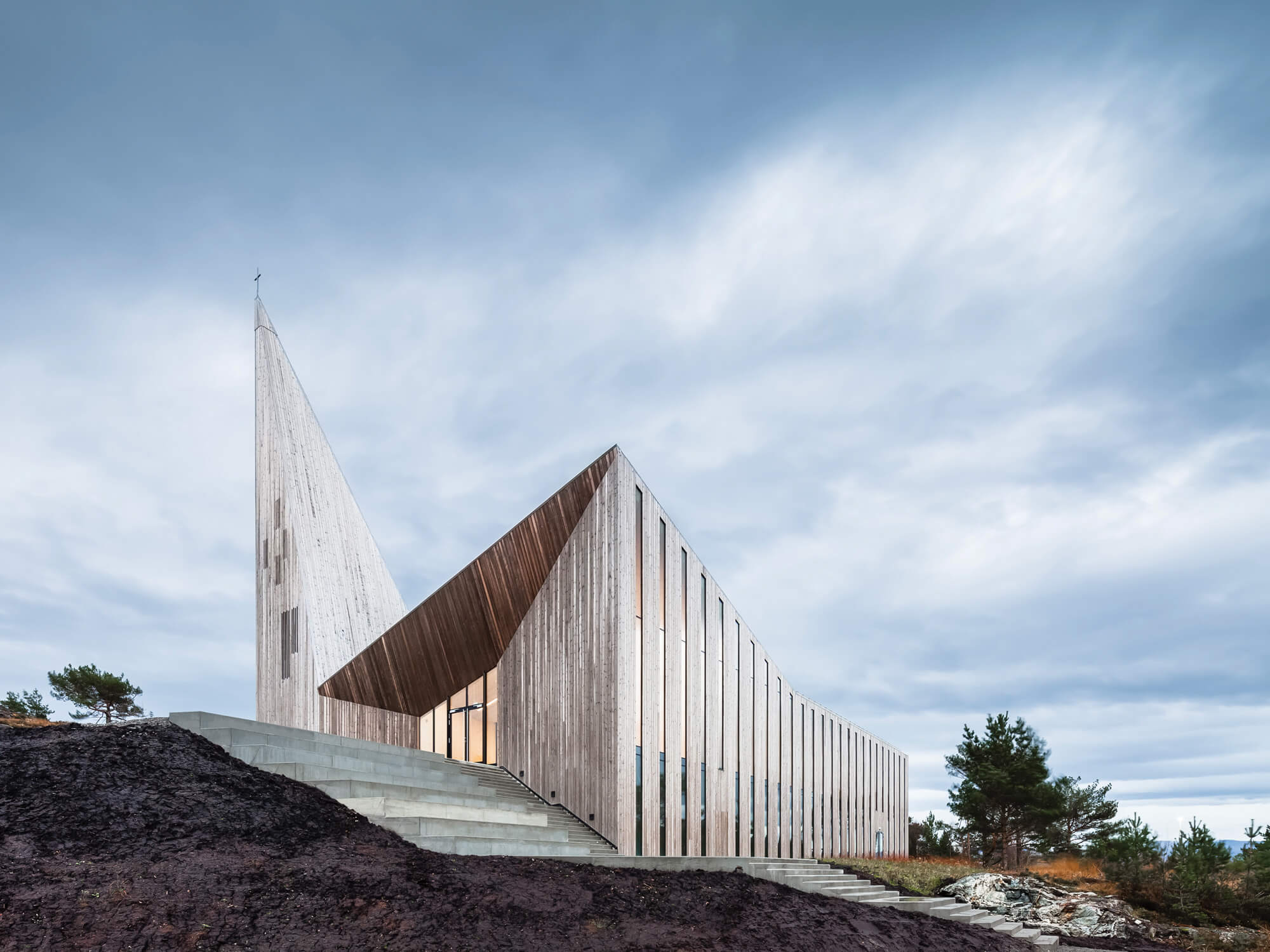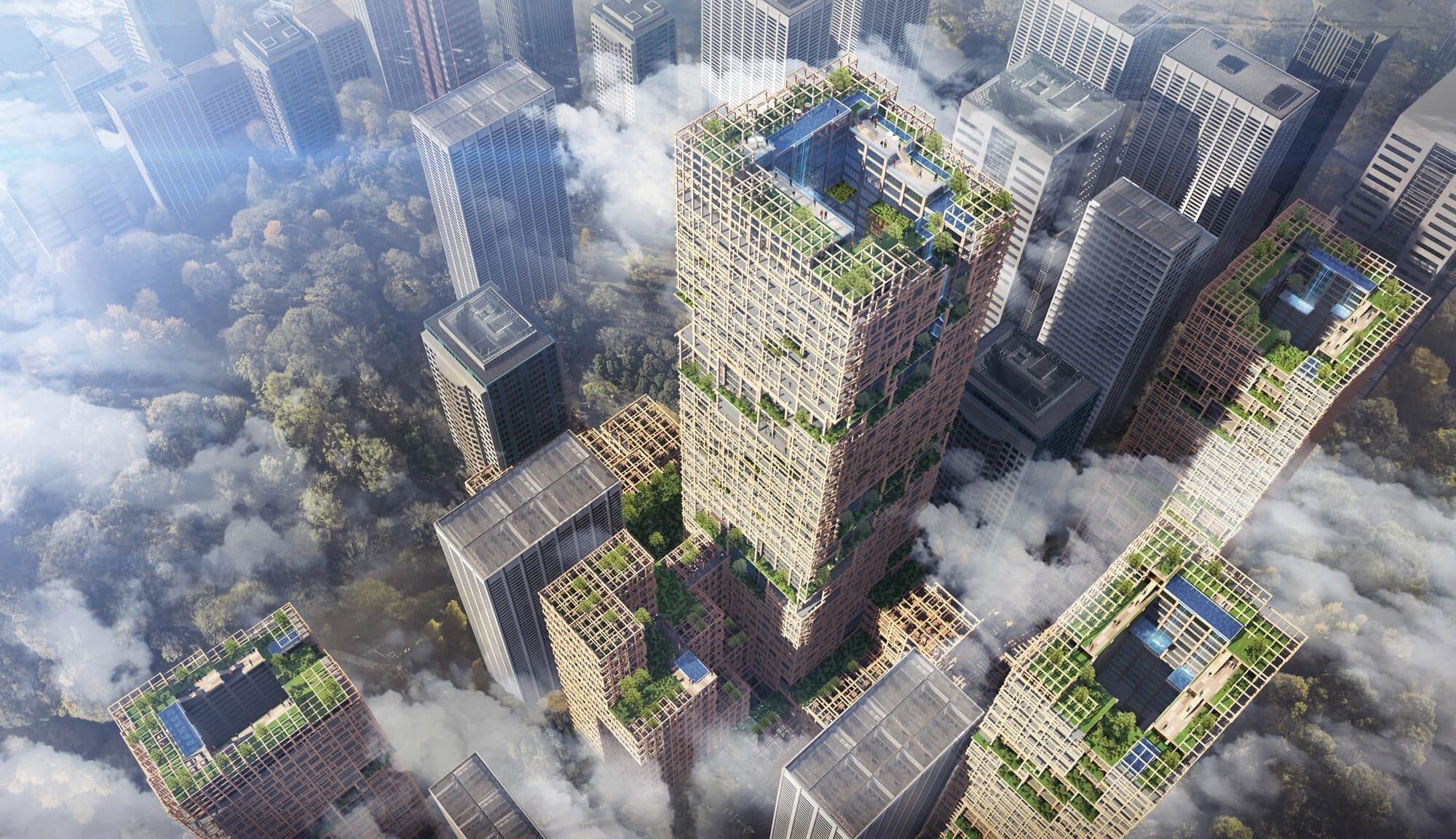A century ago, we were competing to build the tallest skyscrapers out of steel and con- crete, now architects see the value of using wood and are racing to build the best designs out of timber, more precisely with cross-lami- nated timber (CLT) and glue-laminated timber (GLULAM). The added value of timber is that it stores carbon and that it is lighter while being as resistant as metals; the lighter weight and the ease with which it can be prefabricated and cut to fit specific spaces means that it better for design and for the environment.
The trend to integrate trees in the urban fab- ric of cities and wood in architectural struc- tures is growing rapidly. This photo essay highlights some of the latest buildings being built with timber and the tallest examples of design plans to reach above 300 meters in different cities around the world. From London to Toronto to Milan to Tokyo, the race is on amongst city planners, construction companies and architect firms to reach the highest peaks – literally with the tops of their buildings and in terms of ensuring greater sustainability.
